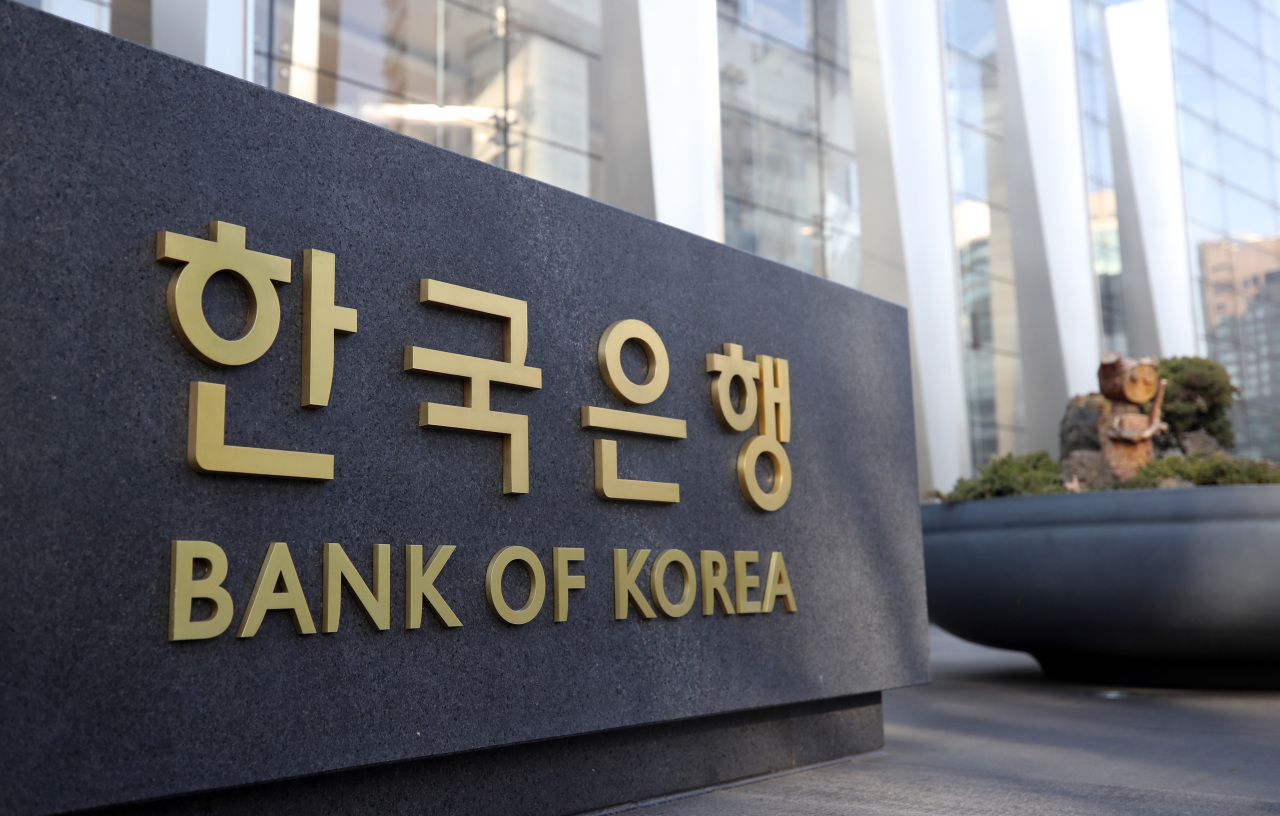External risks remain high for Korean market, BOK says
By Jung Min-kyungPublished : Feb. 3, 2022 - 15:04

South Korea’s central bank said Thursday that the global market was relatively stable during the three-day Lunar New Year holiday this week, but external risks remain high on the Korean market.
“During the Lunar New Year holiday, which took place this year from Jan. 31 to Feb. 2, stocks and rates in major economies rose, alongside a weak dollar trend, due to easing of the global risk-avoidance tendencies,” BOK Senior Deputy Gov. Lee Seung-heon said after a meeting to review the current market.
Stocks in major economies were buoyed by improved corporate performance and an influx of low-priced purchases, BOK explained. The US benchmark S&P 500 had gained 3.6 percent Wednesday, from Jan. 27 and Europe’s Stoxx 50 inched up 2.1 percent in the same period.
Yields on 10-year Treasury notes in the US and Germany gained 0.01 percentage point and 0.09 percentage point in the cited period, respectively, while the US greenback declined 1.35 percent in terms of the dollar index.
Despite signs of stability, the pace of a shift toward monetary policy normalization in major economies and the ongoing Russia-Ukraine standoff continue to pose risks on the local market, Lee noted.
The central bank’s deputy chief asked employees to continue to monitor the development of global risks and their effects on the Korean economy and market.
In a separate report released Thursday, the BOK forecast a rosy outlook for Asia‘s fourth-largest economy in the coming months.
“Considering several indexes tied to the nation’s exports, our exports face a strong momentum in growth,” the BOK said in a report assessing the nation’s exports.
The central bank explained that South Korea has seen seven export cycles since 1990 and is currently in the middle of the eighth cycle, from April 2020. The average upward trend in a cycle lasts about 23 months and South Korea has seen 20 months of growth in exports as of December, meaning there is still some room for expansion, the report said.
Downside risks exist, however, with the slowing growth of China, which is Korea’s largest export destination, and hurdles that the omicron variant presents for the global economy.
Last year, the country‘s exports gained 25.8 percent on-year to reach an all-time high of $644.54 billion on the back of strong demand for chips and petroleum products amid a global economic recovery.
“During the Lunar New Year holiday, which took place this year from Jan. 31 to Feb. 2, stocks and rates in major economies rose, alongside a weak dollar trend, due to easing of the global risk-avoidance tendencies,” BOK Senior Deputy Gov. Lee Seung-heon said after a meeting to review the current market.
Stocks in major economies were buoyed by improved corporate performance and an influx of low-priced purchases, BOK explained. The US benchmark S&P 500 had gained 3.6 percent Wednesday, from Jan. 27 and Europe’s Stoxx 50 inched up 2.1 percent in the same period.
Yields on 10-year Treasury notes in the US and Germany gained 0.01 percentage point and 0.09 percentage point in the cited period, respectively, while the US greenback declined 1.35 percent in terms of the dollar index.
Despite signs of stability, the pace of a shift toward monetary policy normalization in major economies and the ongoing Russia-Ukraine standoff continue to pose risks on the local market, Lee noted.
The central bank’s deputy chief asked employees to continue to monitor the development of global risks and their effects on the Korean economy and market.
In a separate report released Thursday, the BOK forecast a rosy outlook for Asia‘s fourth-largest economy in the coming months.
“Considering several indexes tied to the nation’s exports, our exports face a strong momentum in growth,” the BOK said in a report assessing the nation’s exports.
The central bank explained that South Korea has seen seven export cycles since 1990 and is currently in the middle of the eighth cycle, from April 2020. The average upward trend in a cycle lasts about 23 months and South Korea has seen 20 months of growth in exports as of December, meaning there is still some room for expansion, the report said.
Downside risks exist, however, with the slowing growth of China, which is Korea’s largest export destination, and hurdles that the omicron variant presents for the global economy.
Last year, the country‘s exports gained 25.8 percent on-year to reach an all-time high of $644.54 billion on the back of strong demand for chips and petroleum products amid a global economic recovery.




















![[Today’s K-pop] BTS pop-up event to come to Seoul](http://res.heraldm.com/phpwas/restmb_idxmake.php?idx=642&simg=/content/image/2024/04/17/20240417050734_0.jpg&u=)